Six Questions Before Planning A Vegetable Garden
Are you planning a vegetable garden this year? Trying to decide what to plant, whether or not to start seeds indoors and what else you need to consider? I’ve got you covered!
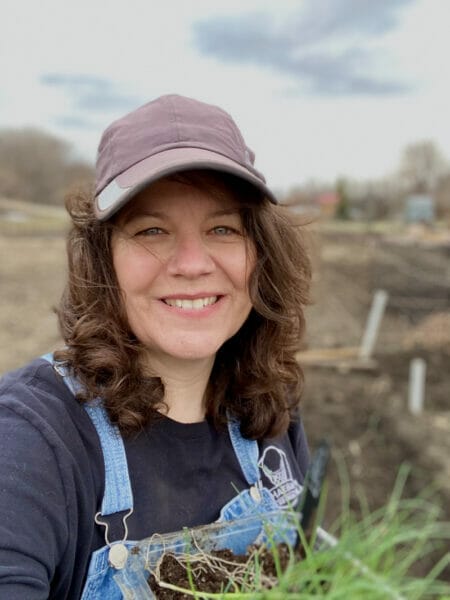
I love vegetable gardening and would love to help you get started. There’s nothing better than watching a seed turn into something you can eat. Perhaps it’s even more remarkable here on the prairies where it all happens so fast. One week we’re threatened with a snow storm, the next we’re out in the garden planting our hardiest plants and then within mere weeks we’re harvesting our first crop. It’s simply amazing.
I want you to have that feeling.
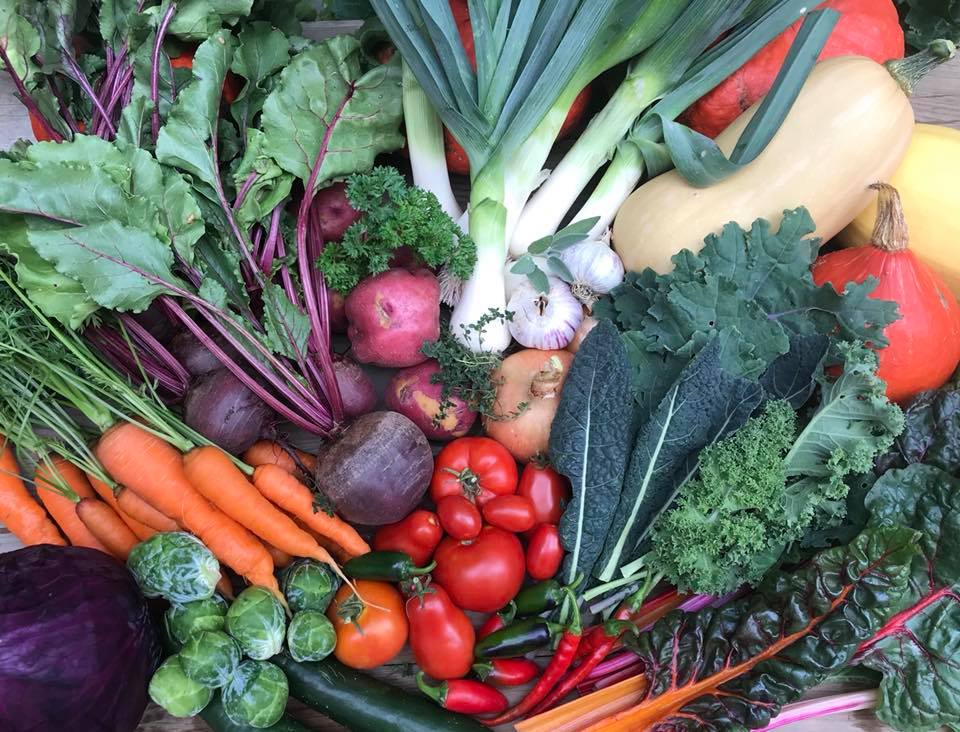
BUT… I want you to think carefully about your garden plans to avoid disappointment and frustration. Gardening takes time, planning, daily work, determination and patience. You’re working with Mother Nature – she can be fickle and turn your best laid plans topsy turvy! Go into it with eyes wide open. Be prepared, have fun and enjoy the process – regardless of the outcome.
Start with these questions when choosing what to grow.
6 Questions for Planning a Vegetable Garden
1. What do you love to grow and eat?
If you’re just starting your gardening journey, my best advice is to start small.
Avoid comparing your garden to your grandma’s or those you see on social media. A well established, full garden takes experience and a lot of time to develop. To avoid becoming overwhelmed, start with a few thoughtfully chosen vegetables. Pick a handful of vegetables that you love to eat, offer the best chance of success or that you can’t easily find at the store.
I love peas, beans, carrots, zucchini, cucumbers, kohlrabi, tomatoes and beets, so they’re always a staple in my garden. Peas, because they’re the first crop of the season and are so amazingly sweet and delicious. Beans because they’re so easy to grow and freeze for winter. Carrots because nothing beats a homegrown carrot! Zucchini because they’re such amazing producers that there’s always some to share with friends and family – whether they want them or not! Cucumbers because I love cucumber salad with the fresh dill that grows all over the garden. Kohlrabi because it’s unique and connects me to my German heritage. Tomatoes because those red things they sell at the store just aren’t the same. Beets because I have just recently learned to love them and they can be reseeded.
Some vegetables are generally easier to grow than others. In the chart below, the more challenging vegetables aren’t impossible to grow, they just need a little extra care and attention for best results. For example, they may need to be staked, have an extra long growing season, have specific growing soil conditions or are more prone to pests and disease.
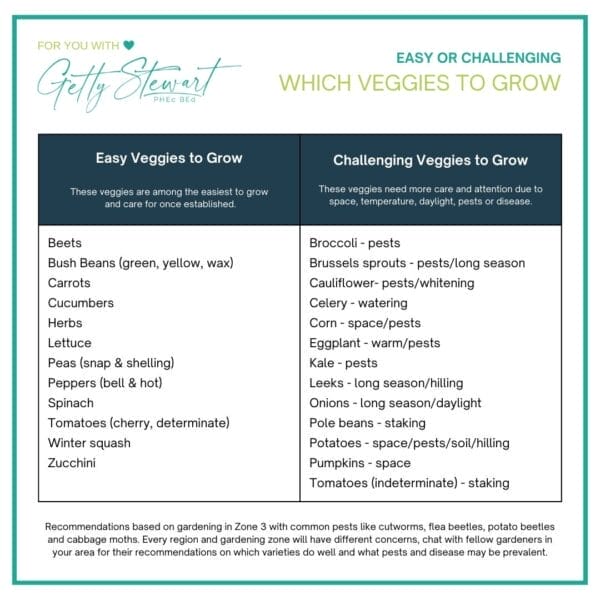
2. Do you have a good garden spot?
The first spring after we moved into our new house (I’m talking 1994!), I was so eager to start gardening, I ripped up the lawn and turned over the soil in a back corner, it was back breaking work but I was determined! Two weeks later the leaves on our neighbours yard filled in and I realized my mistake. It was much too shady to grow anything! Lesson learned!
Check your space! The right spot for your garden is crucial for its success. Most vegetables need at least 6-8 hours of direct sun. They also need well-draining soil rich in organic matter and protection from deer, bunnies and other grazers. Having easy access to water, a bit of wind protection and being close to the house are all bonuses when locating the perfect spot. If you’re really keen, you can even have your soil tested for pH and learn how to amend it to make it optimal for your choice of veggies. Location truly is everything!
Update: It’s 2024, and I’m starting a new vegetable garden after observing my potential garden spots for 2 years. I’m still in Zone 3, but I’m in the Canadian shield where the ground is mostly solid granite, there’s very little soil and a variety of animals that will devour any unprotected plants in minutes. I’ll be putting in three raised garden beds, hauling in garden soil and building some sort of fence. Close to the house where I have access to a hose, but far enough that shade won’t be a problem.
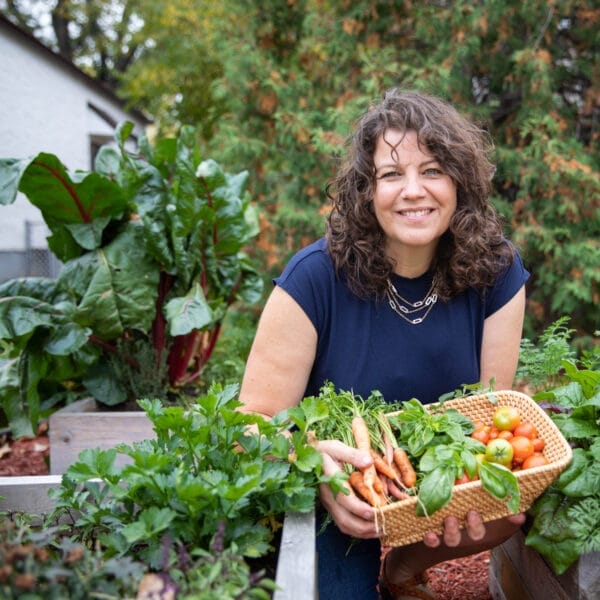
Take your time to find the best spot, whether it’s in ground or in raised beds. Proper consideration and preparation will pay off in the long run. Gardening is not just about this year’s harvest, it’s about the long haul.
3. Do you want to start seeds yourself or buy seedlings?
A tray of happy seedlings sprouting in front of a sunny windowsill sounds blissful. But nurturing tiny seedlings into robust transplants is best left to experienced gardeners with the right equipment. Without the correct temperature, light, humidity, potting up and hardening off, you will likely end up with weak, tall leggy transplants that will leave you frustrated and disappointed.
Starting seeds indoors can be tricky, you need the right light, soil, temperature, humidity, air circulation and space. You need to baby those tiny seedlings and eventually, when they get bigger you need to transplant them into bigger cells (potting up) and then gradually get them used to the harsh outdoor environment (hardening off). Simply putting some seeds in soil in front of a south facing window works great for a couple of little seedlings. But if you’re thinking of starting a whole bunch of seeds to transplant into your garden, it’s not good enough. You’ll end up with spindly, weak plants that will have a hard time once you move them to the garden. Either you need to invest in the proper set up and do the work or you can buy seedlings at a garden centre.
Luckily, you don’t have to start seeds in the house to have a successful garden. Many seeds like lettuce, spinach, peas, carrots, radishes, beets, corn, beans, cucumbers, squash, zucchini and many herbs can be directly sewn in the garden. They may start off a little smaller, but they’re often more robust and catch up quickly.
Buying seedlings that can’t be started from seed is ideal for many gardeners, especially first time gardeners or those with limited space. Don’t let anyone tell you otherwise!
Buying transplants also gives you the chance to choose more varieties and try new things. For example, if you start your own tomatoes, you’ll likely stick to two or three packages, but if you buy from a greenhouse, you can choose many different varieties with unique shapes, colours, tastes and textures. A much more enjoyable experience!
4. When should you plant your garden?
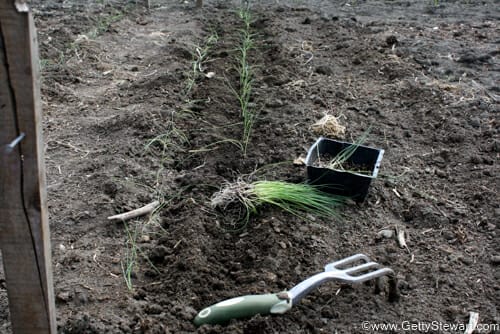
There’s so much debate about when to plant your garden, I’ve written a whole article about it! There isn’t one correct answer, it’s a compromise between what’s best for the plants and what works for your schedule.
Look around in nature, at first glance it looks like everything grows at the same time. But if you look carefully you notice some plants sprout and blossom much earlier than others. The same is true for our garden veggies – some are earlier than others, some like the cool air of spring (lettuce, peas) and some detest the cold (tomatoes, cucumbers). It makes sense to give plants what they like best so they produce their best. That’s why I recommend separating your planting into at least three stages. So rather than planting the entire garden on May long weekend (a longstanding tradition in Zone 2-3), spread the planting out over May and early June. As seen in the chart below.

Read more here for precise details on when to start seeds and when to plant outdoors.
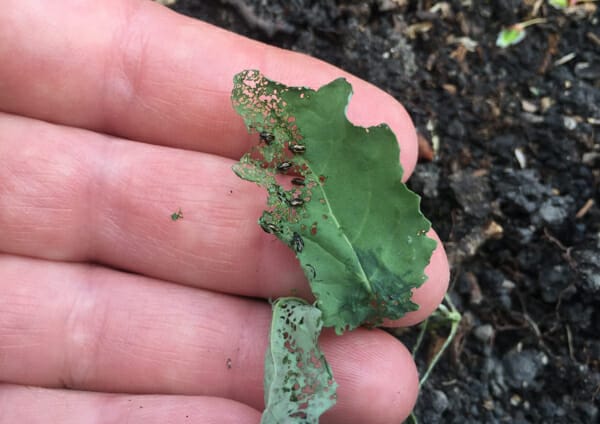
5. What are your summer plans and how will they impact your garden?
When planning your garden, think about your overall summer activities. Your garden doesn’t stop – the weeding, the watering, the harvesting continues all summer! If travelling or extended time away is part of your summer plans, at the minimum, ask a friend to water and harvest mature vegetables.
If you’re going to be gone for a long portion, you may even consider changing the type or variety of vegetables you grow. For example, if you’ll be away for 3 weeks at the end of July when bush beans are at their peak, consider growing late season pole beans instead. This way, you’ll still get to harvest and enjoy fresh tender beans and not be frustrated by missing bean season! Use the “days to maturity” shown on seed packets to help you determine approximate harvest times for each of your vegetables. This kind of planning is the sign of a savvy gardener!

6. How will you keep track of what works and what to do next year?
Assume that you will become addicted and will want to continue to garden! As much as it can be frustrating and exhausting – the thrill of the harvest and satisfaction of putting super fresh, tasty veggies on your table will have you coming back for more! So, consider how you will keep track and plan for the future.
My recommendation is to keep a garden journal where you can jot down your favorite varieties, what grew well, what the weather was like, what pests were prominent and how you dealt with them, companion plants you tried and so on. Consider it a cheat sheet for what to do next year. It will become an invaluable tool for you as you progress through your garden journey.
I hope this article helps you start your gardening journey with a hopeful but honest look at gardening. It’s a wild ride – but well worth all the effort.
If you love the idea of fresh garden veggies, but you realize you don’t have the space, time or energy for a full on veggie patch – try some tomatoes or herbs in a planter. It’s a great way to get started and enjoy the fruits – urgh, make that the veggies of your labor!
Wherever you are in your journey – if you ever want to share your trials and triumphs, I’m here! Share your stories or photos with me in the comments below or on social media – find me @getgettys.
Select, store and serve seasonal food for everyday cooking with Getty. Getty is a food educator and Professional Home Economist, who loves sharing tips and recipes following the seasons from her Canadian kitchen. Sign up to get seasonal tips and recipes delivered to your inbox. Learn more about Getty or check out her books and pdf guides.


Hey what do you think about rhubarb?
Hi Donna,
I love rhubarb and think everyone should have at least one plant. Rhubarb can be split and shared quite easily, so if you have a friend with a well established old rhubarb plant see if they’d be willing to divide the root ball and let you have some. It’s actually good for the original plant as well. Be sure to pick a good spot for it – sunny, good drainage and add some compost every year and you should be good to go. It takes at least 2-3 years to get it well established before you can harvest, but after that it’s super easy. Bonus – it’s pretty pest resistant.
Thank you for your brutal honesty on what is not worth the effort, time or frustration! I’m exactly the same way – grow what is enjoyable and buy what is a pain in the neck.
Hi Donna,
Your welcome, might as well tell it like it is! We are fortunate to be able to pick and choose what to grow and go to the farmers market or grocery store for everything else. Happy gardening!
Getty
For the potato bug problem, diatomaceous earth is environmentally friendly. It is made from crushed fossils and works by cutting the soft undersides of the bugs, so is a mechanical rather than chemical insecticide. Use it for flea beetles, and the cabbage worm that attacks broccoli etc. I used to plants red (Norland) potatoes to have young, but because commercial potatoes are sprayed with pesticides/fungicides I now plant Kennebec as well. They will keep well in a cool dark place the longest without getting soft and sprouting. Hope this helps people who grow vegs to stay away from chemicals.
Good tip for anyone wanting to plant potatoes.